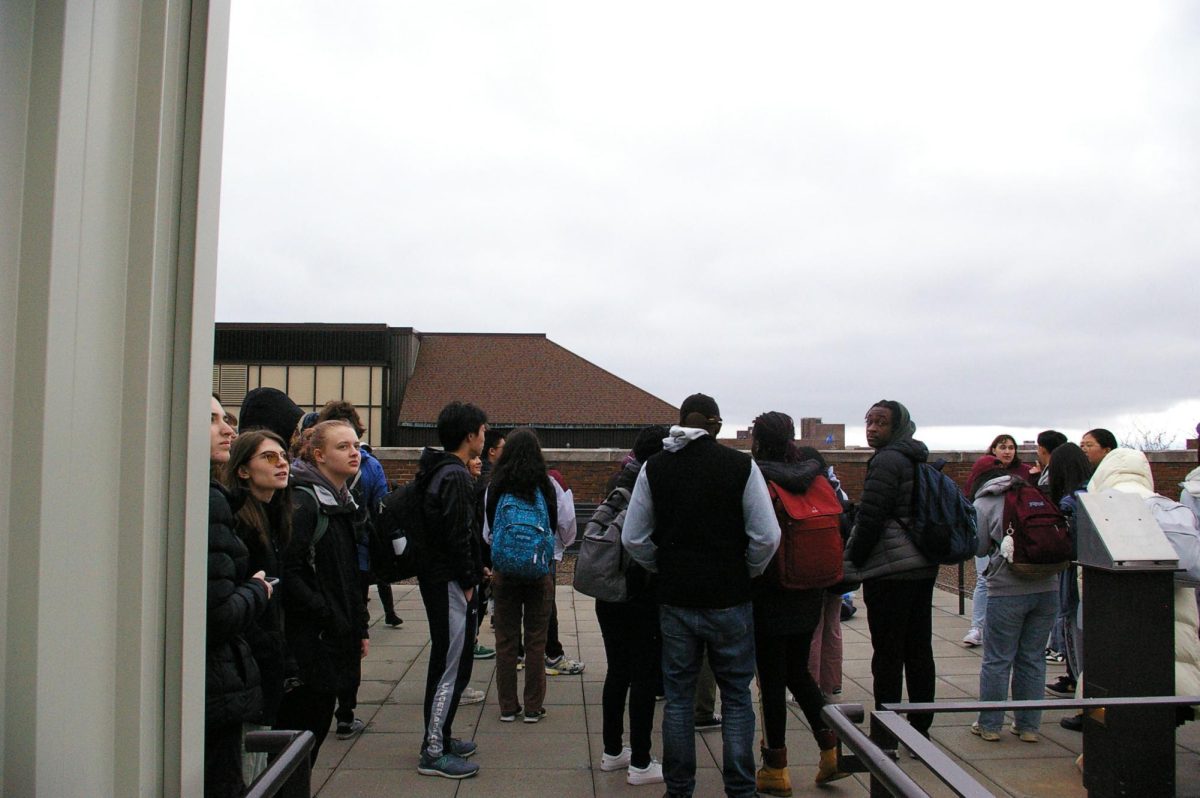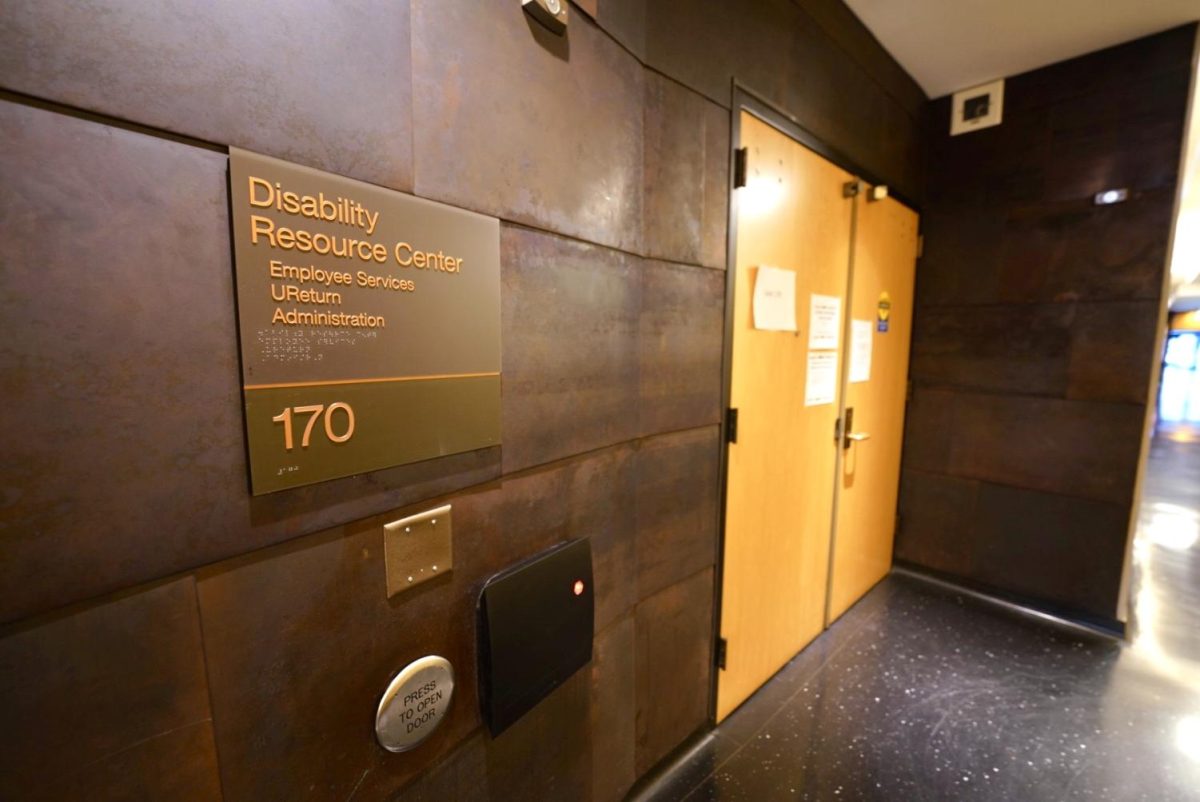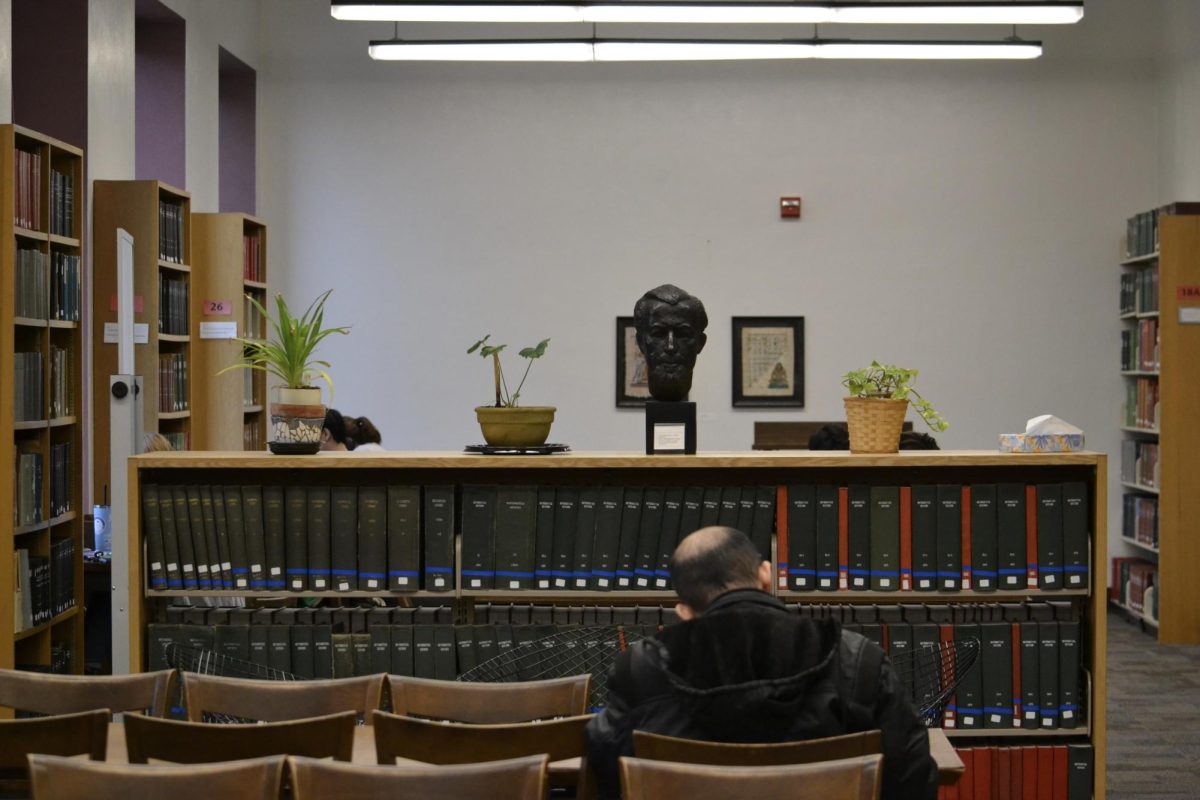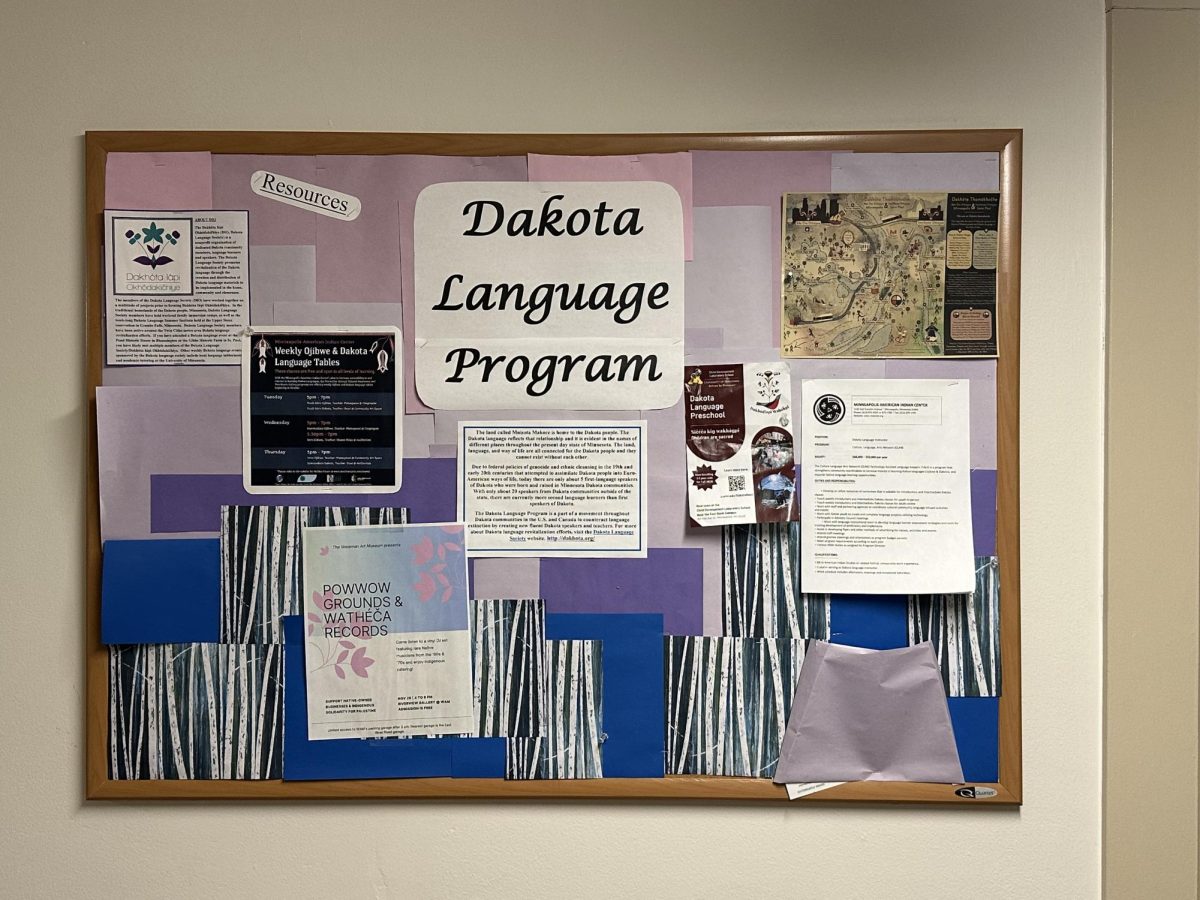More than 25 years after the University of Minnesota sold its campus hospitals to Fairview Health Services, the institution has the opportunity to buy them back if the Legislature approves.
Fairview CEO James Hereford and Sanford CEO Bill Gassen co-signed a letter endorsing the transfer of the East and West Bank hospitals to University control if the health care entities are allowed to go through with their proposed merger. Fairview and Sanford are seeking to consolidate after Fairview lost $300 million last year.
In January, the University announced its five-point MPact Healthcare Innovation Plan, which includes plans to reacquire on-campus medical facilities from Fairview. The plan’s estimated cost is about $1 billion.
The University has proposed to pay $300 million for the reacquisition of the on-campus hospitals as a low-cost “transfer” of “charitable assets.” Fairview leaders have stated they believe the price will be higher than that.
Following Monday’s announcement from Hereford and Gassen, the Minnesota Legislature held committee hearings Tuesday featuring testimonies from the attorney general, two former governors, Hereford and Gassen and the University.
Since Fairview and South Dakota-based Sanford’s initial public announcement of the intent to merge, the University, some health care workers and medical students and other University community members have vocally opposed the proposed merger.
The original intent was to complete the merger this month, but Fairview and Sanford leaders delayed the completion date to May 31.
UMN opposes the merger to preserve the medical facilities’ academic mission
The University is opposed to the proposed merger because its current structure would give ultimate authority to an out-of-state entity, according to Myron Frans, the University’s senior vice president for finance and operations.
Fairview’s board of directors currently includes several University administrators as members, including Frans and Medical School Dean Jakub Tolar. Sanford has stated if the merger takes place, there would still be a local Minnesota board; however, it would fall under the umbrella of the parent board in South Dakota.
According to Tolar, the medical facilities tied to the University would then be governed from another state with different political and geographical ideas about health care. Many individuals opposed to the merger have raised concerns that it could impact reproductive health care services currently offered at these facilities.
Gassen said at the Senate Health and Human Services committee hearing Tuesday that Sanford does not currently have a corporate policy on reproductive health services and does not plan to create one in the future.
University administrators have also said they believe Fairview and Sanford should have involved the University earlier on in the intent to merge process.
Additionally, the University has raised concerns that while Sanford is a profitable health care system, “it has no experience in urban health care or academic health care,” Tolar said.
The University’s mission is to combine patient care with physician training and medical research as an academic health care institution, which opponents to the merger say Sanford might not prioritize.
“I see the academic environment of the University as the only solution to get out of the misery of the American health care business,” Tolar said. “The only hope for the United State health care business is coming from academia because we will bring forward value-based care.”
At the House Higher Education Finance and Policy committee hearing Tuesday, Rep. Kristin Robbins (R-Maple Grove) raised concerns about the lack of available information from the University on its nearly $1 billion plan, saying she would like to know the properties’ values among other details of the plan.
“I do not think that the state of Minnesota needs to commit $1 billion dollars to this at this point when we have so little information,” Robbins said. “I personally hope that we allow ourselves the time … to figure this out and what’s in the best interest of the state.”
MN attorney general investigation continues
During the Senate committee hearing Tuesday night, state Attorney General Keith Ellison announced a “new phase” of his office’s investigation into the proposed merger, which began in November 2022.
Ellison said his office is investigating the proposed merger for potential violations of nonprofit and charity laws and its impact on industry competition within the state. Recently, the office began demanding sworn statements from stakeholders, though he did not name who.
“Whether the merger would substantially lessen competition, unreasonably restrain trade or result in monopolization of certain health care services are matters which we consider to be critical to get to the bottom of,” Ellison said. “Information we’ve discovered has heightened this concern.”
Ellison said his office has conducted several community meetings and collected more than 5,000 messages from the public regarding the proposed merger. The office has also acquired documents from both Sanford and Fairview.
Because of ongoing document collection, Ellison said the office cannot provide a firm timeline and believes the May deadline is still too soon because Fairview and Sanford did not discuss the new deadline with his office.
Merger meets renewed skepticism from lawmakers and public
Former Govs. Mark Dayton and Tim Pawlenty shared concerns about potential impacts on the quality of the University’s medical school if the merger goes through. Dayton said the original sale of campus hospitals to Fairview was a “grievous mistake” that should now be rectified through University reacquisition.
“We attract best quality students who graduate as well-trained professionals, most of whom remain in Minnesota and provide top-level health care services to all the rest of us,” Dayton said. “The University faces a challenge now to either move ahead and remain among the very best medical schools in the country or fall behind into stagnation and mediocrity.”
Pawlenty said he was unaware of another instance of an out-of-state company controlling a flagship academic medical center, which he considers “very concerning and very noteworthy.”
Gassen reaffirmed support for the MPact Plan but said “nothing would change” for the University if Sanford took control.
“We are ready to work with the University on evaluation and purchase of those assets,” Gassen said. “We have stated that we would also like to maintain a clinical partnership between our combined system, the University of Minnesota Medical School and University of Minnesota Physicians. We look forward to continuing discussions about what that optimal partnership looks like.”
Several testimonies, including that of Mary Turner, the president of the Minnesota Nurses Association, raised concerns about the impact large health care system consolidations have on patient care.
“Tonight we’ve heard a lot of promises, and we’ve heard a lot of statistics,” said Turner, who is the final candidate for the University’s Board of Regents representing District 3. “But I and the nurses that are here in this room and all 22,000 of us, do you know what we’re concerned about? We’re concerned about our nurse-patient relationship in our communities.”
Turner said past mergers have meant “your services will dwindle and your prices will go up.” She said consolidations often also lead to clinic closures, impacting most those living in rural communities who are forced to drive farther distances to receive care.
“So many hospitals close in this pursuit of consolidation that ultimately, someday what we are going to have is six different cities across Minnesota where everyone has to go for their healthcare,” Turner said.
The Minnesota Nurses Association submitted a report to legislators outlining concerns with Sanford taking over, including skepticism behind the company’s intention for the merger. The report details several examples of Sanford attempting to merge with other Midwest health entities in what the association called a “growth-at-all-cost strategy.”
“Sanford’s track record of attempted mergers of the last decade, including a failed merger with Fairview in 2013, speak to its interest in growth for the sake of growth,” University medical student Colin Whitmore said during the hearing.



























